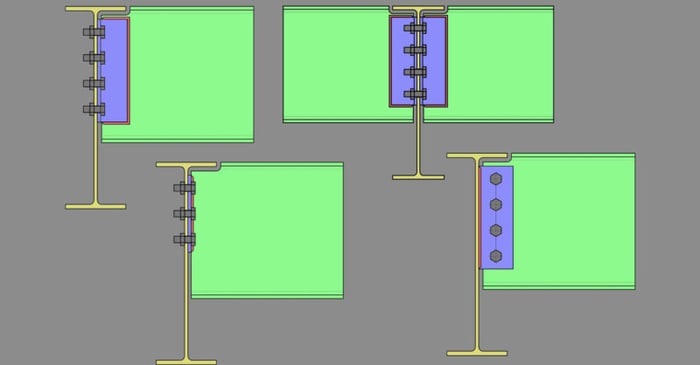
September 7, 2021
Defining Connections: Beam to Girder Connections
Member Configuration The connection rule must be applied at the end of the beam (not the continuous girder).
Halloween isn’t just for candy and costumes—it’s the perfect time to test your spooky engineering skills! We’ve brewed up a Halloween-themed RISA Jeopardy game, packed with fun, easy questions about our software. Tip for readers: Try to answer before revealing the “treat” below each question! 💀 Can You Count? 100 – RISACalc: How many components are currently available in RISACalc? 10 (Beam, Column, Steel Joist, Composite Beam, Retaining Wall, Spread Footing, Wall Footing, Drilled Pier, Seismic Load, Wind Load) 200 – FD: How many Data Entry spreadsheets are available in RISAFoundation? 25 300 – RISA-3D: How many countries or regions have building codes supported in RISA-3D? 9 (US, Canada, Mexico, Europe, Great Britain, India, Australia, New Zealand, Saudi Arabia) 🎃 Adaptable 100 – ADAPT: Which of these is not an ADAPT product? ADAPT-Builder, ADAPT-Felt, ADAPT-Floor, ADAPT-ABI ADAPT-Floor 200 – ADAPT: Which mode of ADAPT-Builder is used to design slabs-on-grade on expansive soils using the PTI method? ADAPT-SOG 🕸️ The Whole Family 100 – Other: This steel detailing software and fellow Nemetschek brand has a built-in export option in RISA-3D. SDS2 200 – Other: Which design code is the most common in our software, found in 8 of our 10 programs?…
Read More

Member Configuration The connection rule must be applied at the end of the beam (not the continuous girder).
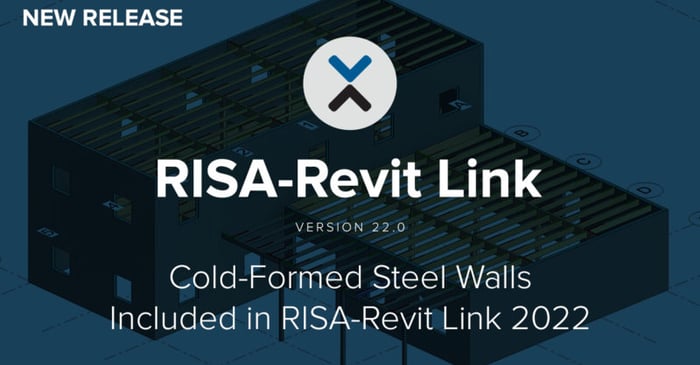
The latest release of the RISA-Revit Link now includes support for Autodesk Revit 2022 as well as the ability in import/export cold-formed steel wall panels. To learn more, watch the video below or check out the release notes.
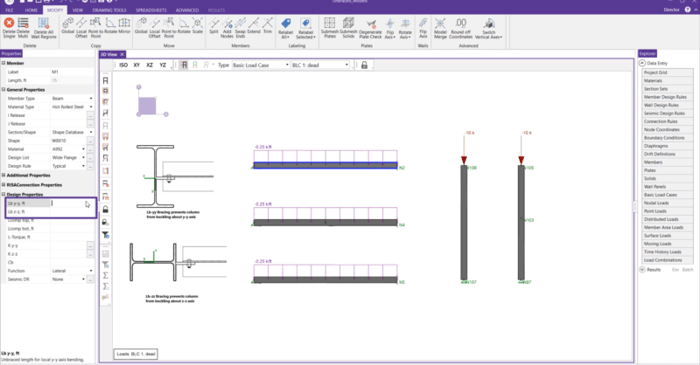
In this video, learn about the various unbraced length parameters that exist in RISA-3D and how the different values can impact the design of beam and column members in RISA-3D. Click the button below to navaigate to the RISA-3D Help File. Search: Unbraced Length.
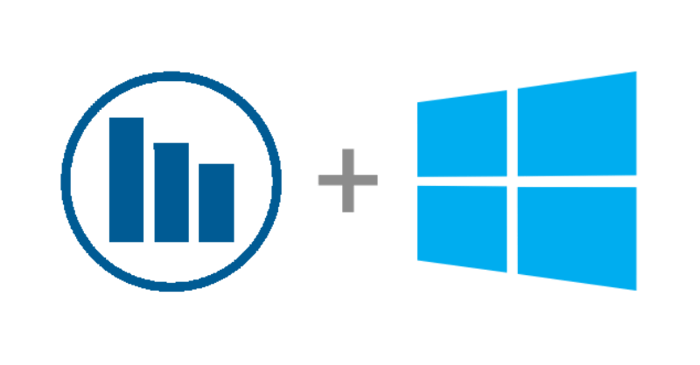
RISA software is staying current with all the Windows updates in order to bring you the best quality that Windows recommends. Unfortunately, that means it will require a little extra time during installation and your computer could require a reboot more than once. The current versions of RISA...
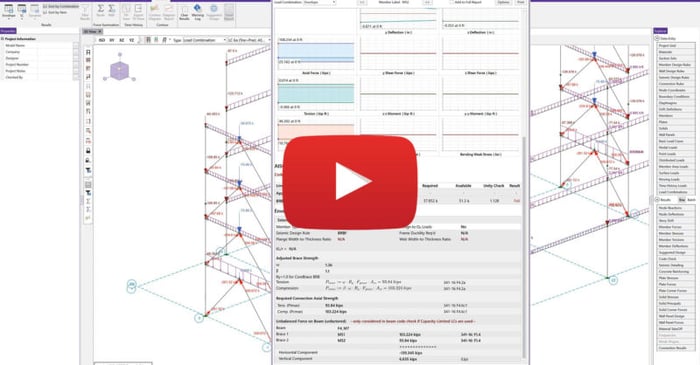
The ability to design buckling restrained braced frames has been added to RISA-3D when you integrate your model from RISAFloor. In collaboration with CoreBrace, this new feature came as part of the release of RISA-3D v19.0.0 and RISAFloor v15.0.0.
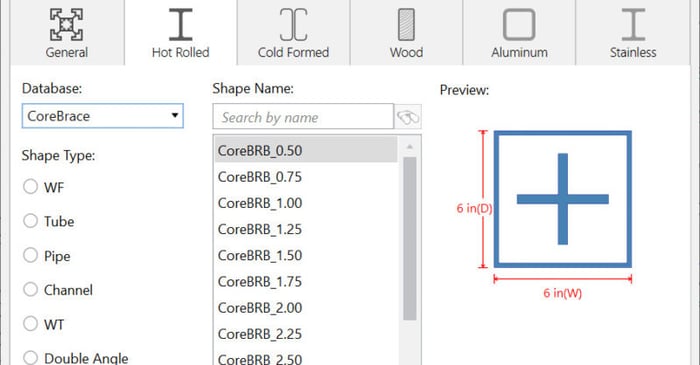
The ability to design buckling restrained braced frames has been added to RISA-3D when you integrate your model from RISAFloor. In collaboration with CoreBrace, this new feature came as part of the release of RISA-3D v19.0.0 and RISAFloor v15.0.0.
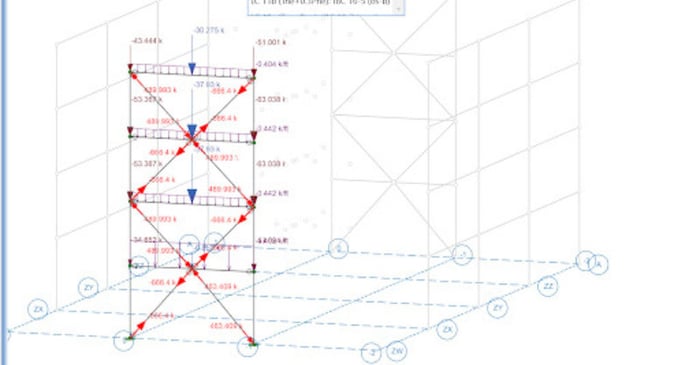
With the release of RISA-3D v19.0.2, you can now design special concentrically braced frames (SCBF) as well as buckling restrained braced frames (BRBF) according to the capacity-limited design. The objective of capacity-limited design is to ensure columns and beams in braced frames are designed to...

The latest releases of RISAFloor (Version 15.0.1) and RISA-3D (Version 19.0.1) include consideration for accidental torsion and eccentric loading for semi-rigid diaphragms according to requirements outlined in ASCE 7, Section 12.8.4.2.

The release of RISA-3D Version 19 includes the introduction of Yield-Link® Moment Connections, developed in conjunction with Simpson Strong-Tie®.
Our monthly "Structural Moment" newsletter is the best way to keep up with RISA’s product updates, new releases, new features, training events, webinars and more...